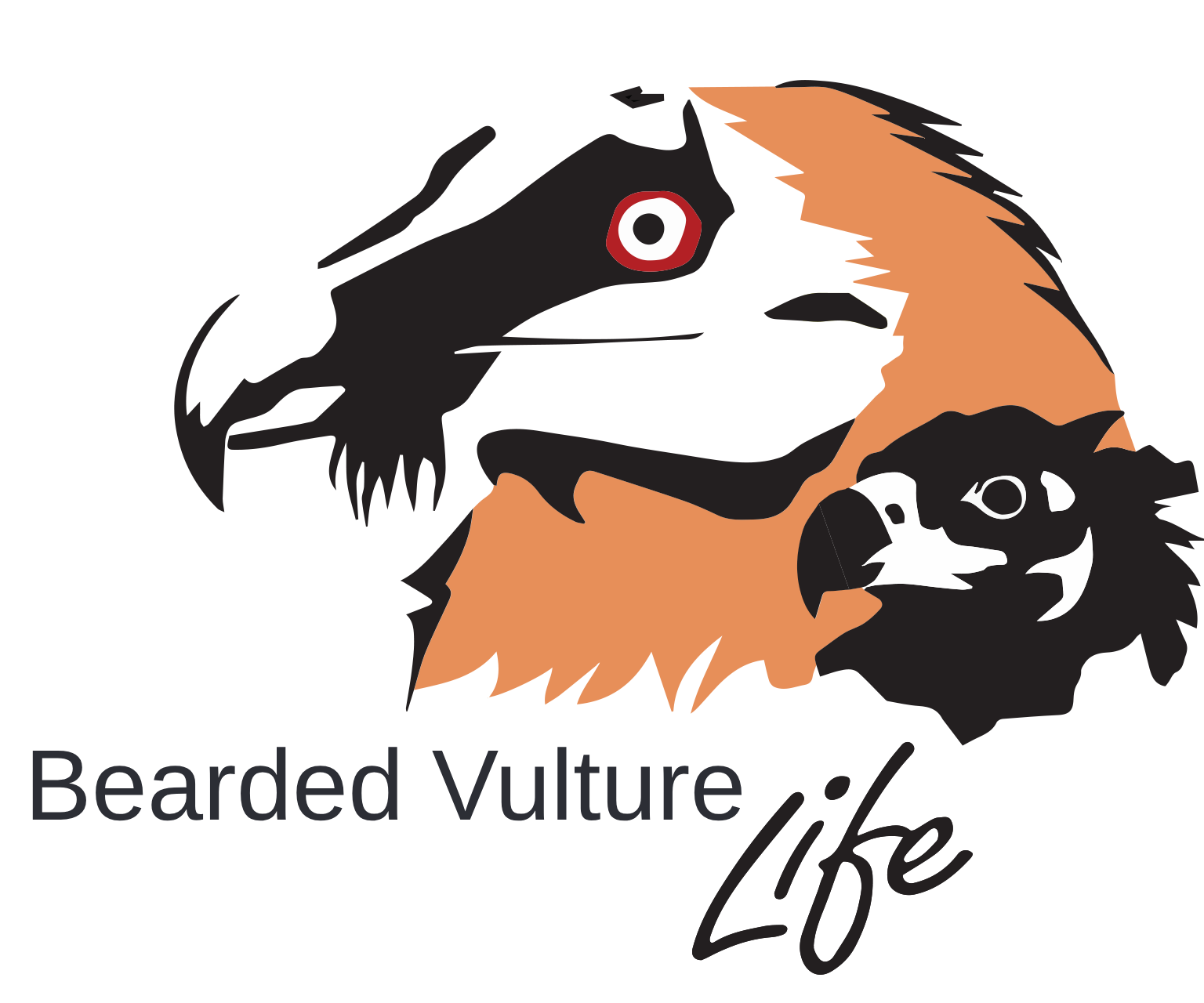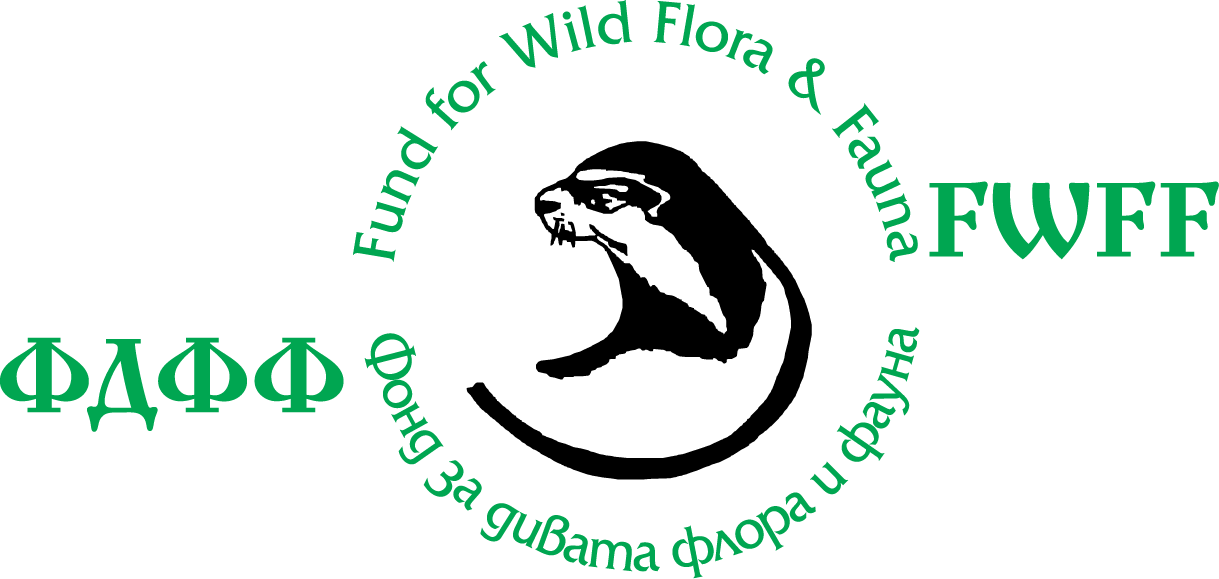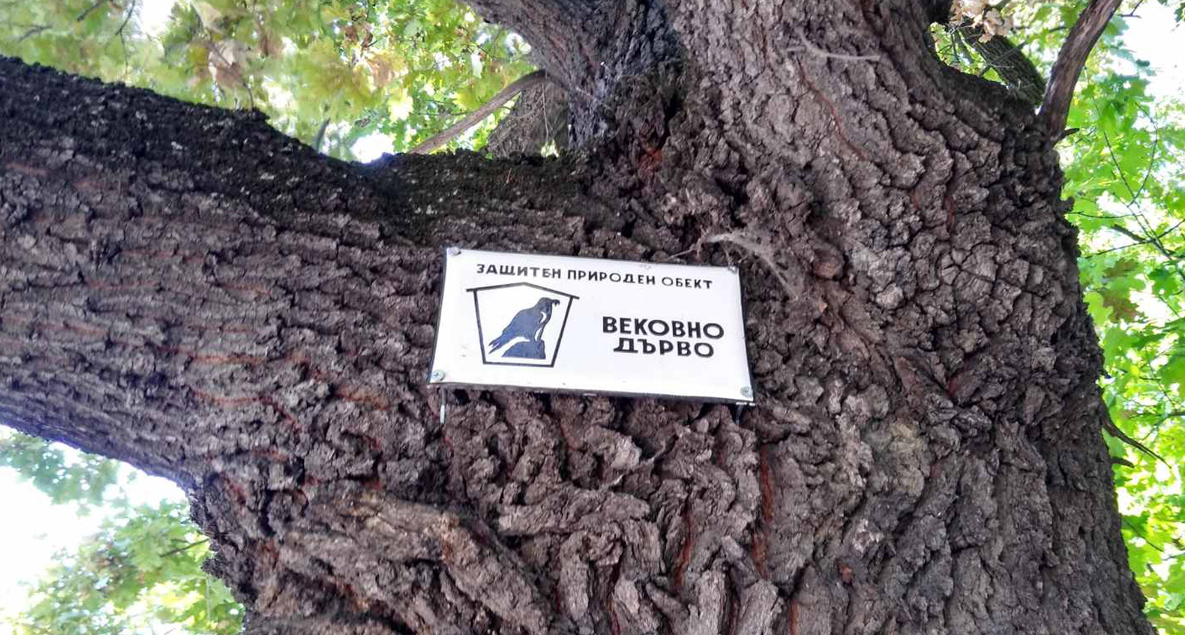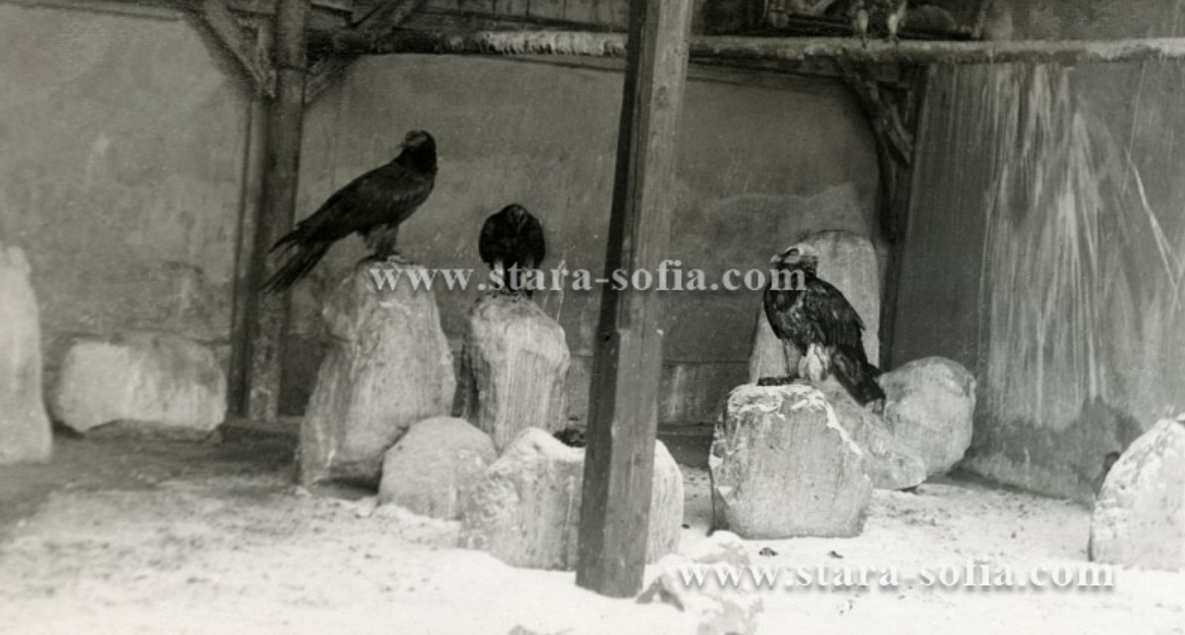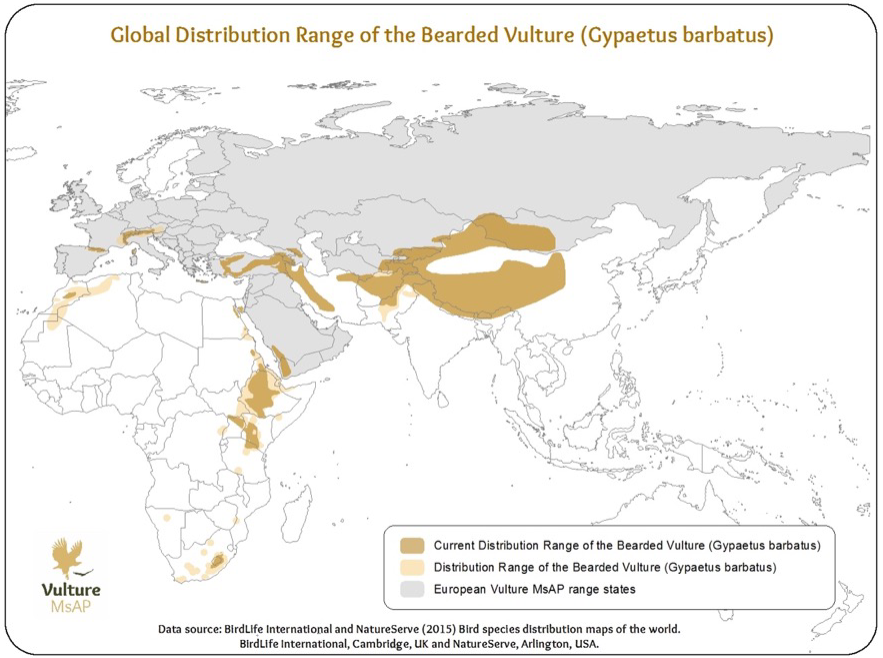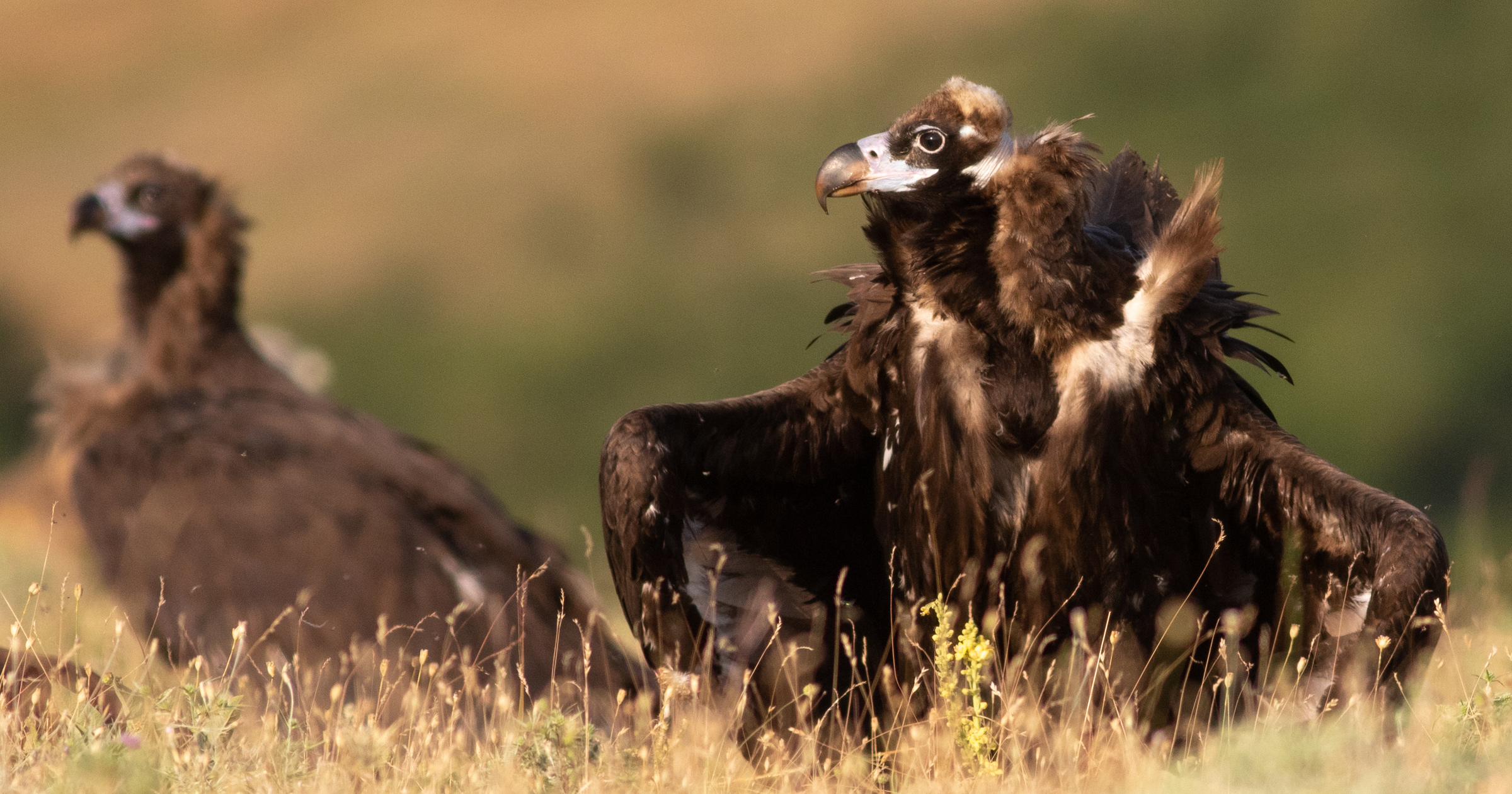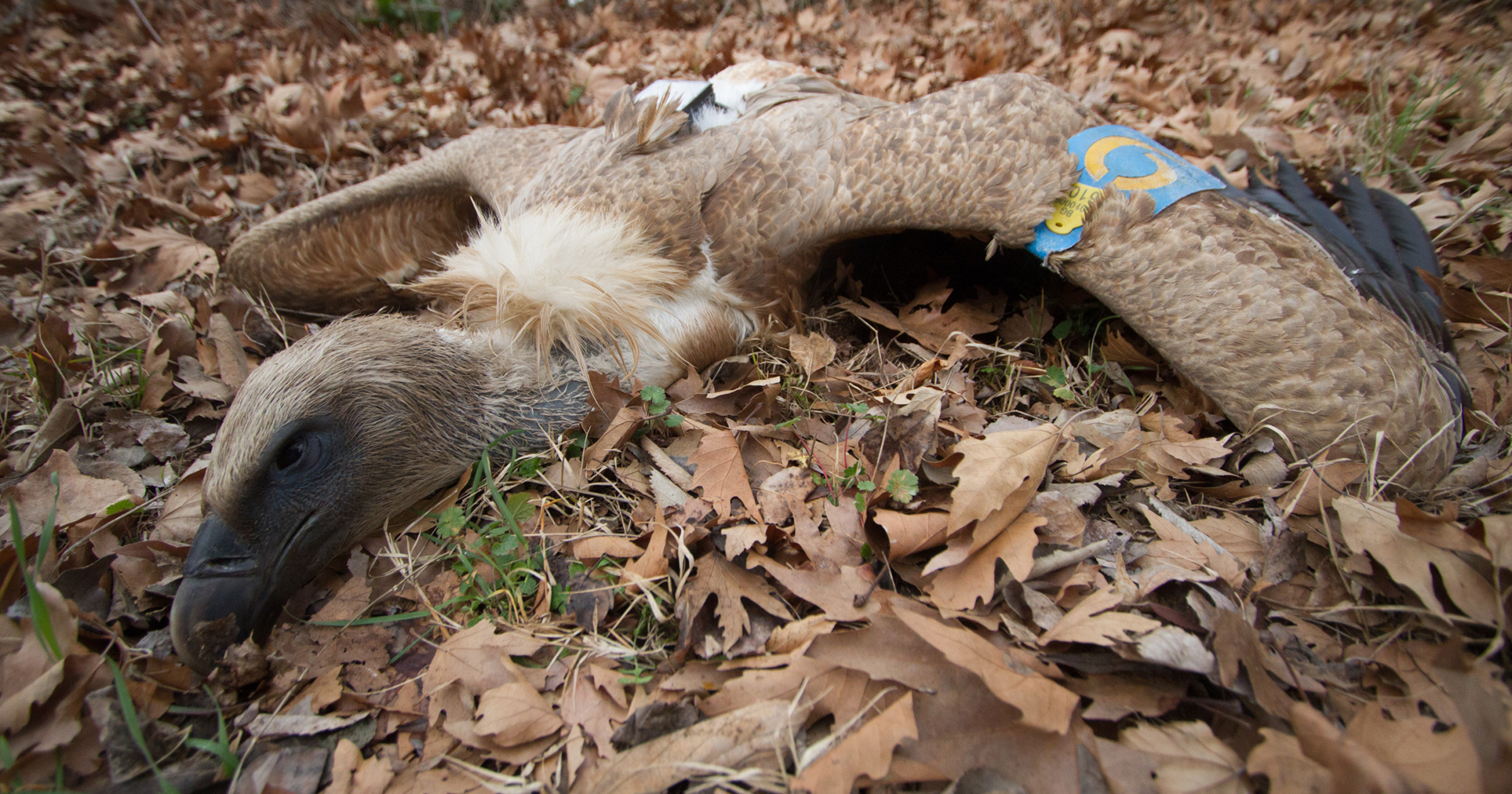The species is on Annex I of the Birds Directive, Appendix II of Bern, Bonn Convention and CITES. It is listed as SPEC 3, Near-threatened in Europe C1+2a(i) (BirdLife International, 2021).
Bearded Vulture
Distribution
The Bearded Vulture is a rare species in Europe, the distribution is patchy, following a widespread decline over the last two centuries principally because of direct or indirect human causes; it disappeared from almost all mountain ranges across the continent. The population in the Balkans was the last to become extinct, as late as the beginning of this century, and the species remained only in the Pyrenees, Crete and Corsica. Since the mid-1980s the species has been reintroduced to several European mountain ranges, initially in the Alps, and more recently in Andalucia (Spain), Grands Causses (France) and Picos de Europa (Spain) accounting for a total of 207 pairs (Botha et al. 2017).
Bearded vulture reintroduction in the Alps, running since the 1970s, has been among the most successful and multidisciplinary reintroduction projects in Europe, representing a multi-million investment, supported by vulture experts, hunters, local authorities, tourists, livestock breeders, etc.
There is recent declines in Bearded vulture observations in several regions, including Turkey, upper Mustang (Nepal), Uttarakhand (India), and Yemen. However, the birds are still surviving in these areas. Populations in the higher Himalayas, southeast Kazakhstan, and Armenia are considered more stable.
In Africa, Ethiopia has the largest known population with a few hundred pairs, but it hasn’t been fully assessed. Kenya and northern Tanzania have a small population of less than 10 pairs. Lesotho and South Africa have a geographically isolated population of 200-250 individuals, which has declined by over 80% in the last three generations. In North Africa, there are approximately 1-2 breeding pairs in Morocco, but there is no current information from other regions.
Habitat and Ecology
The species inhabits remote mountainous regions with steep terrain, typically above 1,000 m.
In Europe and Asia, it’s found in areas with large predators like wolves, snow leopards, and golden eagles, as well as herds of mountain goats, ibex, and sheep. In Africa, it’s mainly at higher altitudes like the Ethiopian highlands and Ukuhlamba-Drakensberg. In southern Africa, it relies heavily on livestock carcasses because wild ungulates are scarce.
Alpine habitat is their primary habitat, with vegetation availability as a limiting factor.
Bearded Vultures primarily feed on bones, making up 70% of their diet, with 25% consisting of soft tissue and 5% skin. They need more soft tissue during the breeding season. They prefer large bones up to 25 cm long and 3.5 cm in diameter and drop oversized bones from heights of 20-70 m to collect and consume the marrow.
They are mostly monogamous but can form trios of two males and one female. They build large nests on remote cliffs or in caves, reused over the years. Breeding occurs from December to September in Europe and northern Africa. Eggs are incubated for an average of 54 days, and nestlings fledge after nearly four months. In cases of two eggs, the older sibling typically kills the younger, a common behavior among larger raptors – known as “Cainism”.
Information sources:
- Botha, A. J., Andevski, J., Bowden, C. G. R., Gudka, M., Safford, R. J., Tavares, J. and Williams, N. P. (2017). Multi-species Action Plan to Conserve African-Eurasian Vultures. CMS Raptors MOU Technical Publication No. 5. CMS Technical Series No. 35. Coordinating Unit of the CMS Raptors MOU, Abu Dhabi, United Arab Emirates.
- IUCN Red List. (October, 2023). Bearded Vulture – Habitat and Ecology.
